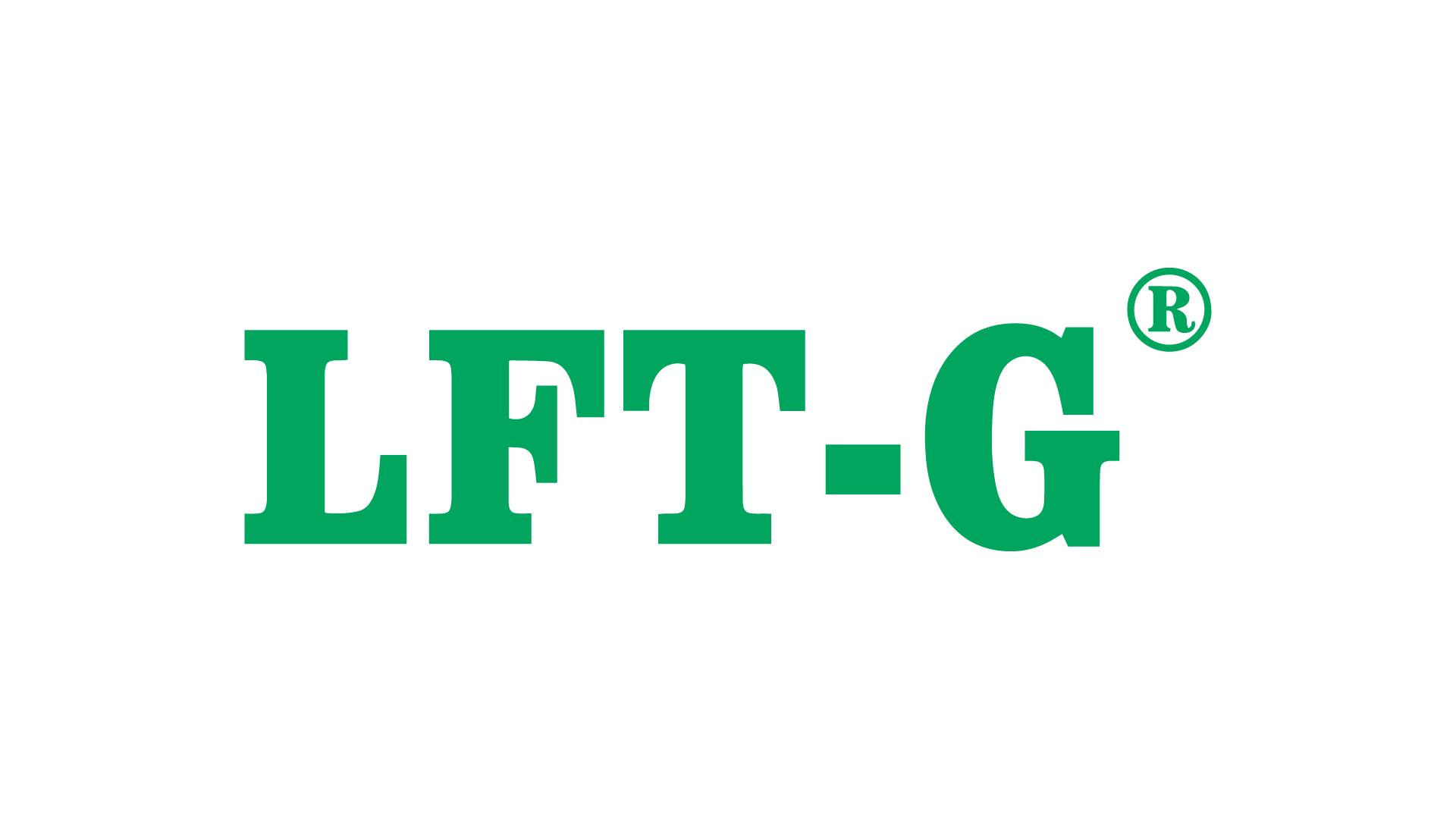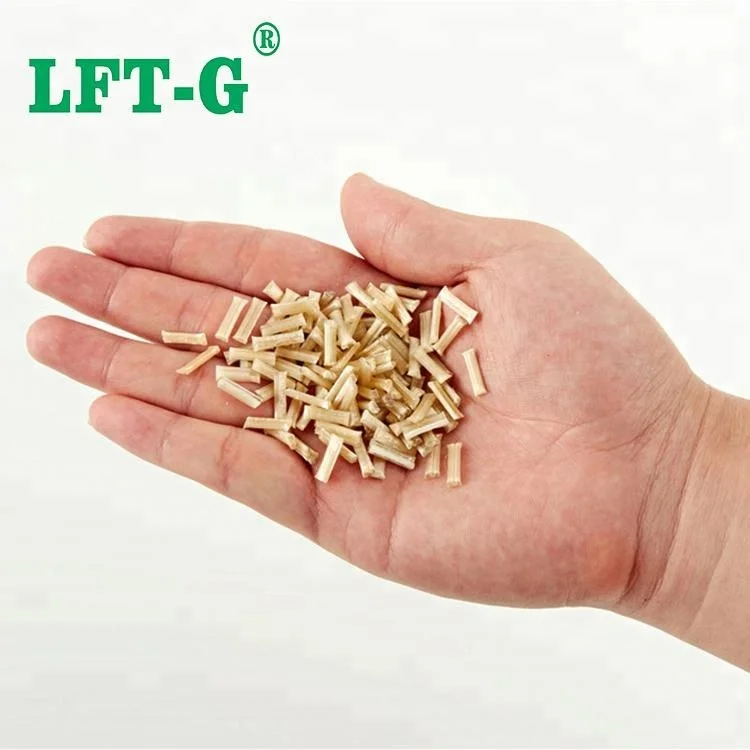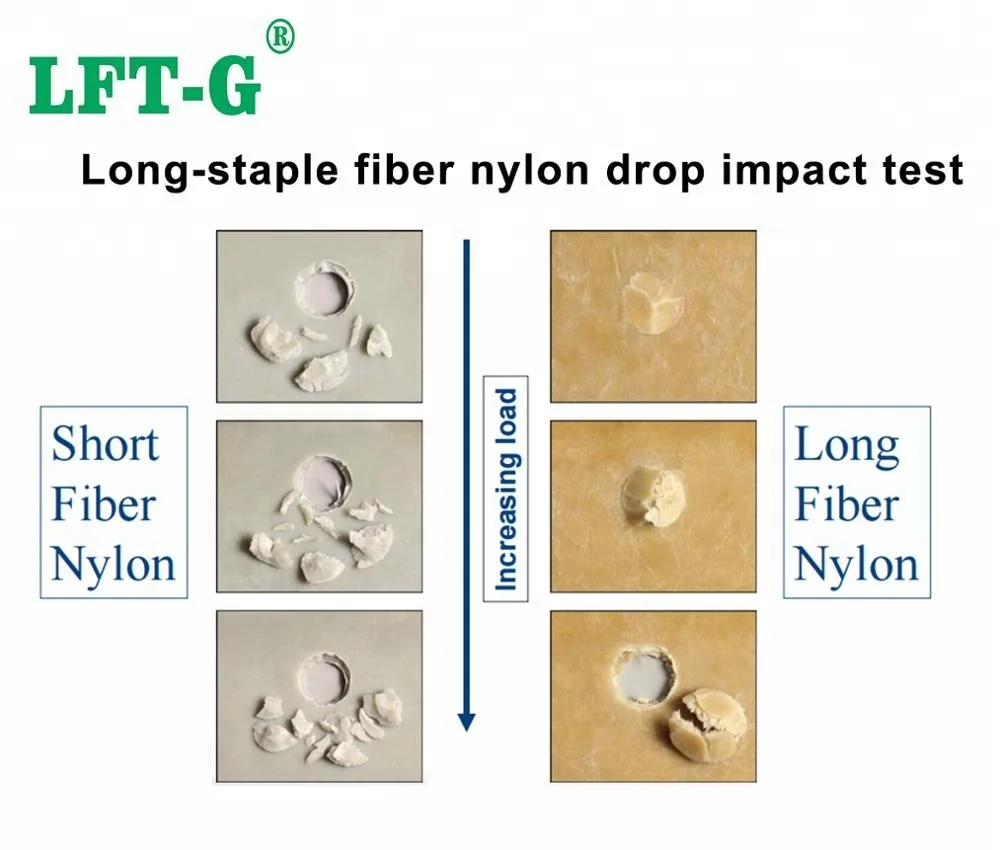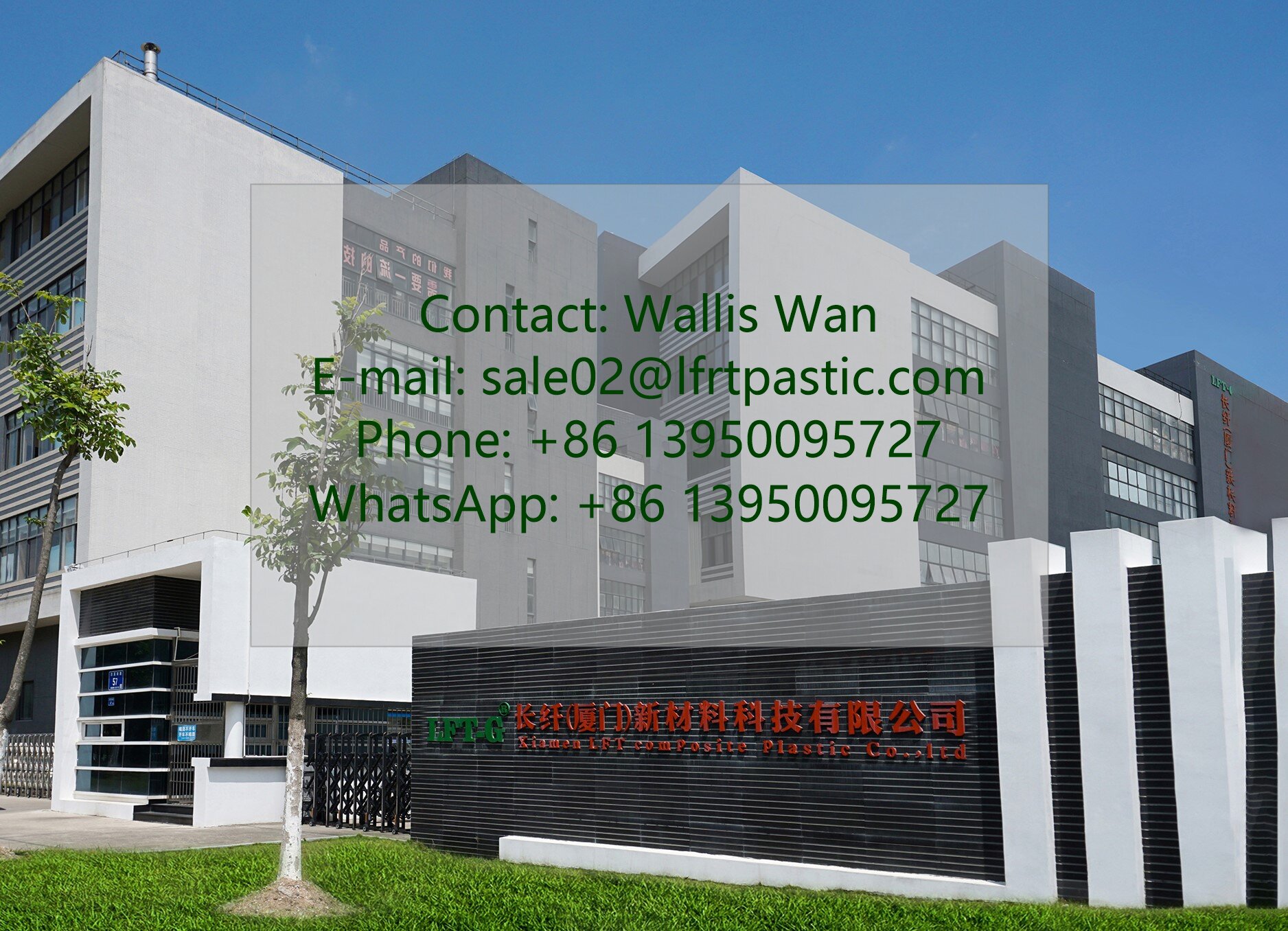oggetto numero.:
PPS-NA-LGFPagamento:
Discussedorigine del prodotto:
ChinaColore:
Natural color or Customizedporto di spedizione:
XiamenLead time:
2-10 working days
La plastica PPS (polifenilene solfuro) è una speciale plastica tecnica termoplastica con eccellenti proprietà complete. Le sue caratteristiche eccezionali sono resistenza alle alte temperature, resistenza alla corrosione e proprietà meccaniche superiori. Il prodotto emetterà un suono metallico quando verrà lasciato cadere a terra. .
Il PPS puro viene utilizzato raramente da solo a causa delle sue fragili prestazioni. La maggior parte del PPS utilizzato è la sua varietà modificata. Il PPS rinforzato con fibra di vetro è uno di questi.
Il materiale composito in fibra di vetro allungata PPS (LGF) presenta i vantaggi di elevata tenacità, bassa deformazione, resistenza alla fatica e buon aspetto del prodotto. Può essere utilizzato nelle giranti degli scaldabagni, negli involucri delle pompe, nei giunti, nelle valvole, nelle giranti e negli involucri delle pompe chimiche, nelle giranti e nei gusci dell'acqua di raffreddamento, nelle parti di elettrodomestici, ecc.

Quali sono le caratteristiche del PPS?
Le poliammidi sono polimeri ad alte prestazioni che hanno grande robustezza e resistenza all'usura rispetto ad altri polimeri. Altre caratteristiche degne di nota delle poliammidi sono:
Ottima resistenza chimica.
Elevata resistenza alla trazione.
Buona flessibilità.
Basso scorrimento.
Elevata resistenza agli urti.
Incline ad essere igroscopico.
Quali sono le applicazioni del PPS?
At room temperature, the tensile strength of carbon fiber modified PEEK material is doubled compared with that of non-enhanced, and it is tripled at 150℃. At the same time, the enhanced composite material has also been greatly improved in terms of impact strength, bending strength and modulus, and the elongation has been sharply reduced, and the thermal deformation temperature can exceed 300℃.The main advantages of nylon 6 are its stiffness and resistance to abrasion. Moreover, this material has excellent impact strength, wear resistance, and electrical insulating properties. Nylon 6 is a highly elastic and fatigue-resistant material, meaning it will return to its original proportions after being distorted by tension. Automotive industry Applications:
Due to its excellent mechanical properties, thermoplastic carbon fiber is widely used in the automotive field of fuel system components, sensors, shell components. On the one hand, it is because of the high strength and stiffness of PPS-LCF, and the finished parts are not easy to damage. On the other hand, PPS-LCF also has a relatively low coefficient of thermal expansion to ensure the stability of the finished product. In addition, PPS-LCF also has very good corrosion and heat resistance, making the application life of the finished product longer.
Industrial Applications:
In the industrial field, it is mainly used in the parts of equipment, such as chemical processing equipment, air pumps, gaskets, valves, etc. In addition to the high strength of the PS-LCF, it is also because the parts made by the PS-LCF have very good self-lubricating properties, which is very important for mechanical parts. Therefore, compared with the traditional carbon fiber material products, the performance has been greatly improved.
The wide range of applications of PPS-LCF include aerospace, automotive manufacturing, electronic equipment, chemical and medical fields.
This polyamide is non-toxic and can be combined with glass or carbon fibers to increase performance. The absorption capacity of the material grows in direct proportion to the quantity of moisture it absorbs. The high affinity of nylon 6 for some dyestuffs allows for more dyeing diversity, with the potential for brighter, deeper patterns.
FAQ
*What processes are LFT materials suitable for?
LFT material is mainly suitable for injection molding, as well as partial extrusion. The requirements for injection molding machines are mainly reflected in the nozzle.
*Why are your products so long? Why does the material I used before, filled with glass fiber, look different than this?
Sebbene i materiali modificati a fibra lunga (LFT) e i materiali modificati a fibra corta (SFT) siano ottenuti attraverso la combinazione di fibra e resina per produrre proprietà più elevate del complesso. Tuttavia, i due materiali differiscono nel processo di produzione, nella struttura interna, nell'aspetto, nelle prestazioni, nell'applicazione e così via.
Processo di produzione: la fibra di SFT viene tagliata e miscelata con resina e il processo di produzione di LFT è l'impregnazione a fusione.
Struttura interna: le fibre all'interno delle particelle SFT sono corte e disordinate, mentre le fibre all'interno di LGF sono disposte ordinatamente e più lunghe.
Aspetto: la lunghezza dell'SFT è solitamente inferiore a 3 mm e la lunghezza dell'LFT è compresa tra 5 e 24 mm.
Prestazioni: le prestazioni all'impatto LFT rispetto a SFT sono aumentate di 1-3 volte, la resistenza alla trazione è aumentata di oltre il 50%, le proprietà meccaniche sono migliorate del 50-80%.
Applicazione: LFT è più adatto per l'uso in prodotti con requisiti di elevata resistenza, come parti portanti e parti strutturali.

*Qual è il tuo MOQ?
Il MOQ è di 25 kg
* Supportate il servizio personalizzato?
Colore: fateci sapere quale colore Pantone desideri personalizzare
Lunghezza: la lunghezza compresa tra 5 mm e 24 mm può essere personalizzata. Se non ci sono requisiti particolari, la lunghezza delle particelle di plastica è di 10-12 mm.
Il nostro servizio personalizzato è gratuito, ma il MOQ è di 500 kg.
*Dov'è la tua fabbrica?
Al momento, la sede centrale e lo stabilimento della nostra azienda si trovano a Xiamen, in Cina.
Abbiamo anche diversi uffici in altre province della Cina e un agente esclusivo in Turchia.
